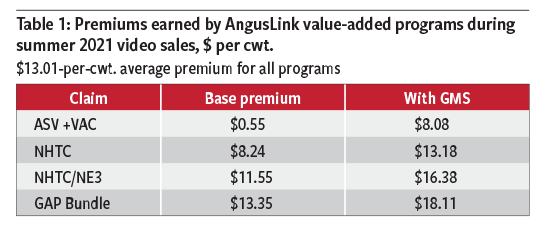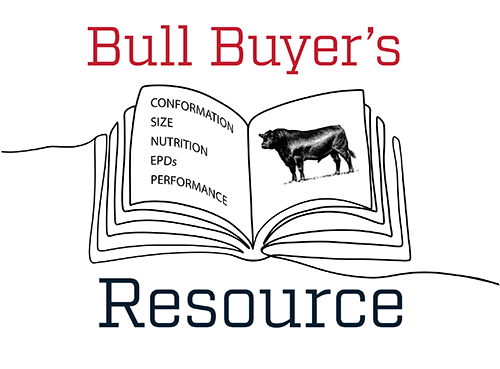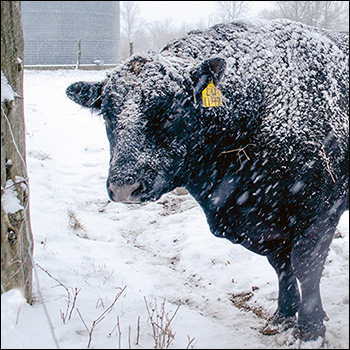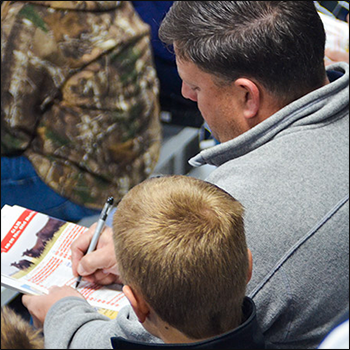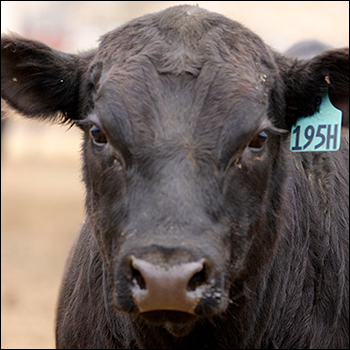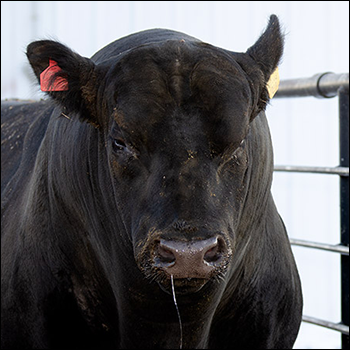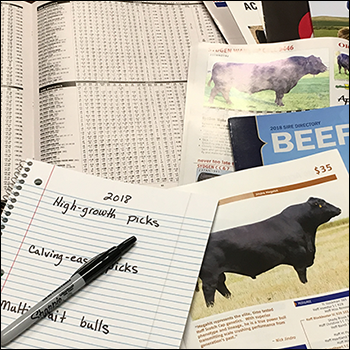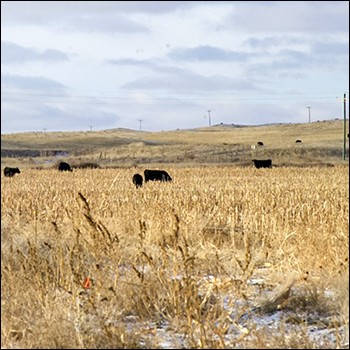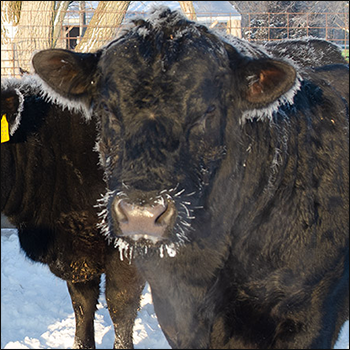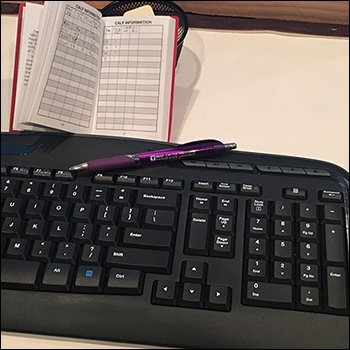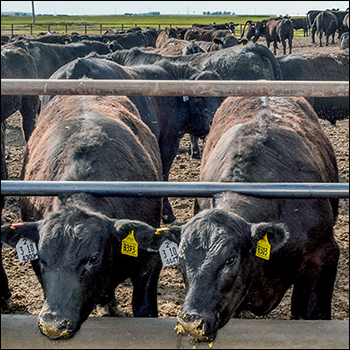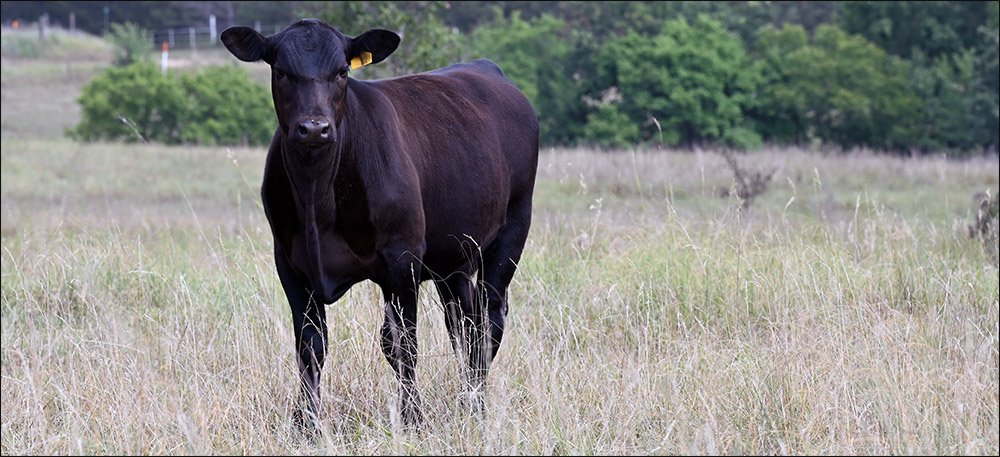
Worth the Work and the Cost
How to determine if verification programs are right for you.
Verification programs seem to be in vogue, but are they right for you? That depends, says Ginette Gottswiller, director of verification services for the American Angus Association.
Your answers to these questions can help make the decision:
- 1. Where are you marketing? Not all auction markets are approved for all programs. For example, to sell as non-hormone treated cattle (NHTC) they have to be approved by a third-party verification. Global Animal Partnership (GAP) cattle are only sold on video auction or board sales, where cattle are picked up directly from the ranch.
“If their marketing location doesn’t facilitate the program they’re looking at, well, that makes it a really easy choice,” Gottswiller says.
Certain programs allow a rancher to participate in special sales, and that might be worth looking into, she says. - 2. Who are your sires? If 100% of the calves are sired by registered and transferred Angus bulls, that opens up Genetic Merit Scorecard® (GMS) values and AngusVerified for free. If they’re not, some programs are still available, but at an additional cost.
- 3. Have you purchased any cattle? “Cattle in our program need to be born on your operation. Purchased cattle don’t fit into the program,” she says. Cattlemen must have the ability to track and sort off those that aren’t home-raised, she notes.
Crunch the numbers
Then, it’s time to do some math.
“It doesn’t guarantee you’re getting a premium,” Gottswiller notes, but it is a good place to start estimating the cost-value relationship.
The minimum point of entry for AngusLinkSM is the cost of the ear tags for the base source-and-age (ASV) program. That ranges from $3.50 each for fewer than 100 ear tags to $3 per tag for 500 or more. It goes up from there to add claims like Cattle Care and Handling; NHTC; or verified natural, known as NeverEve3 (NE3) — all the way up to $2,300 plus audit travel expenses for a bundle that includes NHTC, NE3 and GAP certification.
“It doesn’t matter how many head you have to enroll, AngusLink can accommodate any size, but some of the claims, like the NHTC, NE3 and GAP bundle are priced for the enrollment group. The more calves, the more cost-efficient it is,” Gottswiller says.
Data collected from nearly 47,000 head sold during 2021 summer video sales shows an average of $13.01 per hundredweight (cwt.) across all AngusLink verification programs, but there’s a range (see Table 1).
A producer could figure just $0.55 per cwt. for a general ASV premium, but adding AngusVerified and GMS to that increases the average premium to $8.08 per cwt. At $3-$3.50 per tag, that would be around $4.50-$5 per cwt. net added revenue to the cattleman.
Doubling up options
Fred Saunders, Northern Livestock Auction representative from Grass Range, Mont., says if a producer enrolls in a natural program, they should consider doing it in tandem with NHTC.
“If your cattle go to the feedlot, and they have to doctor one of them, he’s out of the program. He is gone,” Saunders says. “But if we go ahead and do the NHTC along with it, then he’s still in that program.”
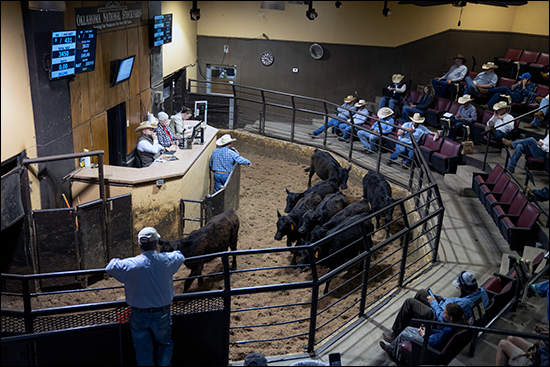 Certain programs allow a rancher to participate in special sales, and that might be worth looking into, says Ginette Gottswiller, director of verification services for the American Angus Association. [Photo by JD Rosman] |
On the highest end of the cost spectrum is GAP. That $2,300, plus an estimate of travel costs based on ranch location, should be divided across the number of calves to get a ballpark on the per-head cost. Then compare that to the average of $18.11 per cwt. premium to figure cost vs. value.
Even when feeders don’t keep up verification, it can still help increase the price by adding to the competition, Saunders says.
“The biggest obstacle I run into is their paperwork. Most ranchers keep pretty good records, calving books and stuff, but not to the extent that we want them to be,” he says. “I’ll sit down with them, go through their books and show them.”
Gottswiller agrees it’s not as easy as just signing a check, but it is not as difficult as many imagine.
“There is a premium price associated with this product that you’re selling,” she says. “For a premium product, that means you have to do more than the average Joe.”
For more information, check out the full article in the January Angus Beef Bulletin at https://bit.ly/PremiumCosts.

Angus Proud
In this Angus Proud series, Editorial Intern Jessica Wesson provides insights into how producers across the country use Angus genetics in their respective environments.
 Angus Proud: Bubba Crosby
Angus Proud: Bubba Crosby
Fall-calving Georgia herd uses quality and co-ops to market calves.
 Angus Proud: Jim Moore
Angus Proud: Jim Moore
Arkansas operation retains ownership through feeding and values carcass data.
 Angus Proud: Les Shaw
Angus Proud: Les Shaw
South Dakota operation manages winter with preparation and bull selection.
 Angus Proud: Jeremy Stevens
Angus Proud: Jeremy Stevens
Nebraska operation is self-sufficient for feedstuffs despite sandy soil.
